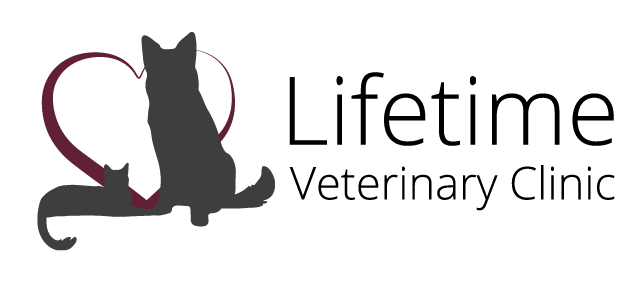Library
-
Treatment for Cushing's disease using mitotane involves two phases: initiating phase and maintenance phase. Monitoring your dog's food and water intake is very important. This handout provides detailed treatment instructions for dogs prescribed mitotane. Follow your veterinarian's instructions carefully.
-
New medications can help regulate blood glucose levels in cats, including once-daily oral medications bexagliflozin (Bexacat) and velagliflozin (Senvelgo). Cats in the initial stages of DM may benefit most from oral diabetes treatments. This article discusses how these medications work, potential risks, and monitoring required.
-
Treatment for aggression toward unfamiliar dogs is available, and the outcome can be positive. An accurate medical and behavioral assessment is needed as treatment plans are designed based on the context and underlying motivation for the behavior. To start, management is used to prevent aggressive encounters. Behavior modification is always needed and may include desensitization, counterconditioning, and response substitution. Medication is sometimes used to lower anxiety and frustration.
-
An E-collar or cone may be needed after your cat has surgery or if she has a wound. It can prevent your cat from licking their wound or scratching a wound on their head. Your cat should wear the E-collar following the directions provided by your veterinarian. You may need to make a few adjustments in your home to ensure your cat does not get stuck in confined spaces. It is not recommended to let your cat outdoors while she is wearing the collar. Also, you may need to adjust her feeding station to assist with eating. If your cat will not tolerate the E-collar, discuss other options with your veterinarian.
-
An E-collar or cone may be needed after your dog has surgery or if he has a wound. It can prevent your dog from licking their wound or scratching a wound on their head. Your dog should wear the E-collar following the directions provided by your veterinarian. You may need to make a few adjustments in your home to ensure your dog does not get stuck in confined spaces. Also, you may need to adjust his feeding station to assist with eating. It is not recommended to let your dog outdoors unsupervised while wearing the cone. If your dog will not tolerate the E-collar, discuss other options with your veterinarian.
-
Feline eosinophilic keratitis is a chronic inflammatory disease of the cornea that results in the surface of the eye appearing pink, white, or chalky. It is caused by an accumulation of inflammatory cells called eosinophils. The clinical signs, appearance, diagnosis, and treatment of this condition are explained in this handout.
-
Ethylene glycol, a sweet-tasting, odorless liquid, is the active ingredient in antifreeze. Ethylene glycol can also be found, in lower concentrations, in some windshield de-icing agents, hydraulic brake fluid, motor oils, solvents, paints, film processing solutions, wood stains, inks, printer cartridges. Ethylene glycol is poisonous to cats; immediate treatment is essential.
-
Ethylene glycol, a sweet-tasting, odorless liquid, is the active ingredient in antifreeze. Ethylene glycol can also be found, in lower concentrations, in some windshield de-icing agents, hydraulic brake fluid, motor oils, solvents, paints, film processing solutions, wood stains, inks, and printer cartridges. Ethylene glycol is poisonous to dogs: as little as half a teaspoon per pound of a dog's body weight can result in death. Immediate treatment is essential.
-
Exercise restriction refers to the act of intentionally limiting a pet’s physical activity. Veterinarians often recommend exercise restriction to allow a pet to heal after a surgical procedure or injury, although it may also be recommended to prevent worsening of a medical condition. Your veterinarian’s guidance is essential when implementing exercise restriction.
-
Proprioception is the ability to know where your body is in space. This is what helps reduce falls and injury. Proprioception may be lost suddenly through spinal cord trauma, or it may be reduced with age, joint disease (osteoarthritis), or other orthopedic or neurologic disease. Some specific controlled exercises that can improve proprioception are discussed. Any exercise plan needs to be formulated by a veterinary rehabilitation therapist to avoid injury.

